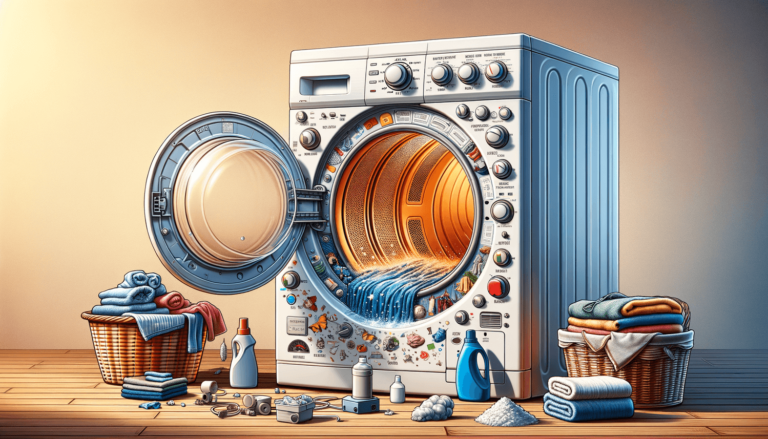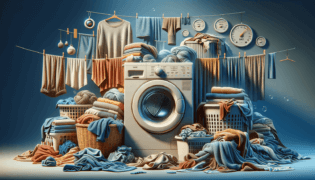

Written by: Settings King
Last updated:

At Settings King, we believe in providing you with the most relevant information to optimize your technology settings experience. With dryer settings, it’s crucial to use the appropriate options to best care for your garments and increase their lifespan.
Two common dryer settings include Time Dry and Auto Dry. Time Dry allows you to set a specific duration for the drying cycle, while Auto Dry uses sensors to detect moisture levels, automatically adjusting drying time for optimal results.
Eco Mode is designed to reduce energy consumption, using less heat and extending the drying time. This setting is ideal for garments that can handle longer drying durations, while also benefiting the environment.
The Delicate Cycle utilizes low heat, gentle tumbling, and slower speeds to handle fragile items with care, preventing damage and extending the lifespan of your clothing.
Permanent Press is a combination of medium heat and variable tumbling speeds, designed to minimize wrinkles and maintain the garment’s shape during the drying process.
The knowledge of dryer cycles is essential in optimizing the performance of your dryer. At Settings King, we are dedicated to making your drying process more efficient and easier by providing a comprehensive understanding of the various dryer technologies and settings. Here are a few key points to consider while selecting the right dryer settings.
At Settings King, we believe in providing you with the most relevant information to optimize your technology settings experience. With dryer settings, it’s crucial to use the appropriate options to best care for your garments and increase their lifespan.
Two common dryer settings include Time Dry and Auto Dry. Time Dry allows you to set a specific duration for the drying cycle, while Auto Dry uses sensors to detect moisture levels, automatically adjusting drying time for optimal results.
Eco Mode is designed to reduce energy consumption, using less heat and extending the drying time. This setting is ideal for garments that can handle longer drying durations, while also benefiting the environment.
The Delicate Cycle utilizes low heat, gentle tumbling, and slower speeds to handle fragile items with care, preventing damage and extending the lifespan of your clothing.
Permanent Press is a combination of medium heat and variable tumbling speeds, designed to minimize wrinkles and maintain the garment’s shape during the drying process.
To maximize the efficiency of your chosen dryer settings
To provide you with a comprehensive understanding of dryer cycles and settings, we have compiled a list of frequently asked questions that may arise after reading this blog post. Learn more about the intricacies of dryer technology and optimize your laundry routine with these helpful answers.
The Air Dry setting on a dryer tumbles your clothes without using heat, which is ideal for freshening up garments, reducing odors, and allowing delicate fabrics to dry gently without excess heat damage.
A typical dryer cycle can last between 30 minutes to 60 minutes, depending on factors such as the load size, fabric types, and dryer settings selected. Auto Dry cycles may vary in duration based on the dryer’s sensors detecting moisture levels in the clothes.
It is not advisable to use a dryer without a vent hose connected, as it expels moisture and hot air from the dryer. Operating without a vent hose can cause condensation, overheating, and potential fire hazards. Always ensure proper venting to maintain the safety and efficiency of your dryer.
It is recommended to clean the lint filter after every drying cycle. Regular cleaning maintains the efficiency of your dryer, helps prevent fires, and extends the lifespan of your appliance.
A typical dryer has a lifespan of 10-13 years. Signs to consider replacing your dryer include increased drying times, frequent repairs, unusual noises, and rising energy bills. Upgrading to a newer, energy-efficient model improves performance, saves energy, and reduces potential safety risks.